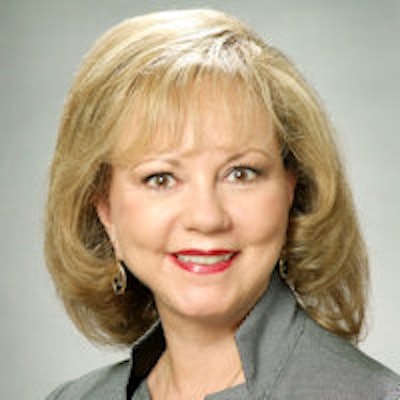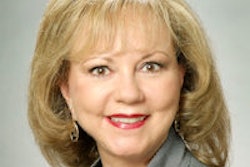
You know your team members are capable of so much more. That's why you hired them, after all. Yet they're just not meeting your expectations, and you have no idea why.
 Sally McKenzie, CEO of McKenzie Management.
Sally McKenzie, CEO of McKenzie Management.This is a typical problem I see in many struggling dental practices. The doctor thinks he hired qualified, talented team members who will help him meet his goals, but they're just not doing much to move the practice toward success. The doctor is frustrated, the employees are unhappy, and the practice is going nowhere fast.
In many of these situations, the problem isn't the team members -- the problem is a lack of direction. You, as the practice CEO, must communicate your expectations to your team. Leaving them to figure it out on their own will only lead to frustration.
That's why you need to create detailed job descriptions for every role in your practice. Job descriptions provide the guidance your employees need to succeed, and they outline exactly what systems team members are accountable for and what goals they're expected to meet each day.
Now I know most dentists cringe when they hear me talk about job descriptions. But they're vital to your practice's success. Job descriptions help focus your team members and allow them to take ownership of specific practice systems. They give your employees the direction they crave and a purpose when they come to the office each day. Simply put, job descriptions lead to happier, more productive employees -- and that leads to a bigger bottom line.
The thought of developing job descriptions can be overwhelming, but it doesn't have to be. I've put together a list of four things you should include in every job description. If you follow this checklist, you'll soon have detailed job descriptions that outline your expectations and what your team members need to do to meet those expectations each day.
A definition of the job
When you sit down to write a job description, first think about exactly what you need the person in that role to do. Include every responsibility and task in the job description, whether that's greeting patients when they walk through the front door or meeting specific daily production goals.A list of the necessary skills
If employees are going to excel in their roles, they must have the necessary skill set. List out the skill set each position requires in the job description, whether it's familiarity with a certain practice management software or the ability to handle rejection. Include every skill in the job description, no matter how small it might seem.Specific job responsibilities and duties
Your team members need to know exactly which systems they're accountable for and how their performance will be measured. Including this information in their job descriptions is key to helping your employees succeed in their roles and boosting productivity in your practice.Need an example? Instead of saying the patient coordinator is responsible for tracking and calling patients on the broken appointment list, say the patient coordinator is responsible to schedule at least five patients on the broken appointment list each day. That level of detail gives your patient coordinator clear direction and describes exactly how performance will be measured.
A clear statement that the job description isn't all-inclusive
Many dentists tell me they're concerned employees will use their job descriptions against them. Dr. Wilson asks Sarah to perform a task, and Sarah says, "Sorry, I can't. That's not in my job description."I really hope your team members don't have this kind of attitude toward their job, but just in case this comes up, I recommend adding a line at the end of every job description that makes it clear employees are expected to perform any other duty as directed by the doctor or their supervisor. This little line ensures employees can't refer you to their job description every time you ask them do something that isn't on it.
When you're finished developing your job descriptions, make sure there isn't any crossover in responsibilities or roles. This will just cause confusion. You want your employees to take ownership of and have accountability for their systems. While other team members should be able to take over when their coworkers are on vacation or out sick, there should be no question who is responsible for which systems and which tasks.
Remember, job descriptions aren't set in stone. You can amend them as you see fit, as long as you let your team members know when you make changes. In fact, it's a good idea to get your team members involved in the process. Their input may help you develop even stronger job descriptions, and involving employees makes them feel like valuable members of the team.
Once you have job descriptions in place, team members will know exactly what's expected of them. This direction will not only make them happier to come to work each day, it will help them excel at their jobs, as well as boost your practice productivity and your income.
Sally McKenzie is CEO of McKenzie Management, which offers educational and management products available at www.mckenziemgmt.com. Contact her directly at 877-777-6151 or at [email protected].
The comments and observations expressed herein do not necessarily reflect the opinions of DrBicuspid.com, nor should they be construed as an endorsement or admonishment of any particular idea, vendor, or organization.


















